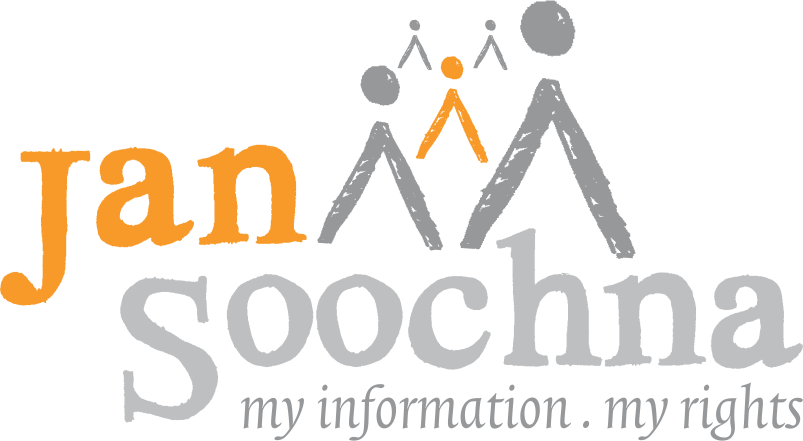About Jansoochna.org – 'Improving access to information of public schemes in backward districts in India'
The Government of India is committed to reducing poverty and has been promoting "inclusive growth" through recent 5-year plans. The Eleventh Five Year Plan (2007-2012) emphasized the need for significant improvement in the quality of governance to achieve inclusive growth, reduce poverty, and bridge the many divides that fragment Indian society. It also acknowledged that "civil society organisations have gained strength and are trying new experiments to reach the unreached, often in partnership with PRIs. The Twelfth Five Year Plan (2012-2017) maintained the same focus.
Initiatives are being implemented across India to make government services more accessible to all citizens like, for instance, the Common Service Centres (CSC), e-governance, the Unique Identification Number system (UIDAI) or the Right to Information Act (RTI). Thus, a range of government schemes, services, initiatives and models exist and can be strengthened at local level to promote concrete improvement of living conditions of poorest households. Among these initiatives, the Right to Information Act passed by the Indian Parliament has led to increased transparency and accountability in the government. More and more people are now aware of their rights and entitlements, and this is the pre-requisite to demanding them. Not all people, however, know, what has been set aside for them – and this is particularly true of the poorest people and most remote areas.
A European Union funded programme with 14 projects is now assisting Indian organisations to take this message and the information back to as many as 20 million people across the country. With EU support of €12.2million (Rs.100 crores), this portfolio of 14 projects involves nearly 70 non-government organisations, reaching out directly to people from 20 states, 60 Backward Region Grant Fund (BRGF) districts, 100 blocks, 1,000 gram panchayats, 2,500 villages, one million households and 5 million people. Indirectly, this collective effort is due to impact 4 million households and 20 million people. This web portal is an initiative of Digital Empowerment Foundation to collate and share the learnings of these 14 projects across India.

